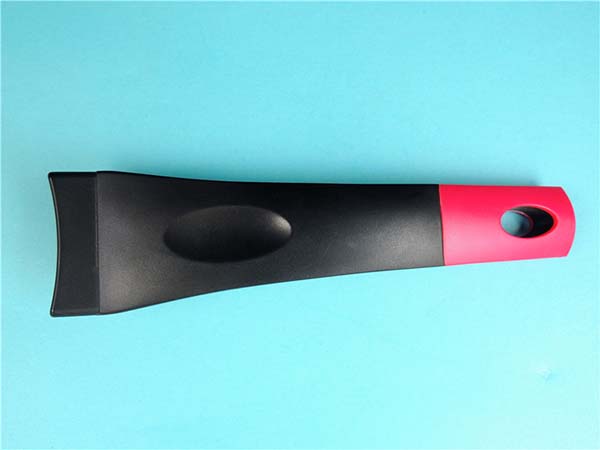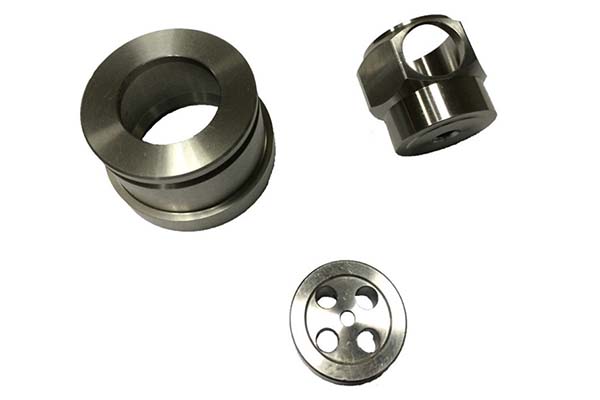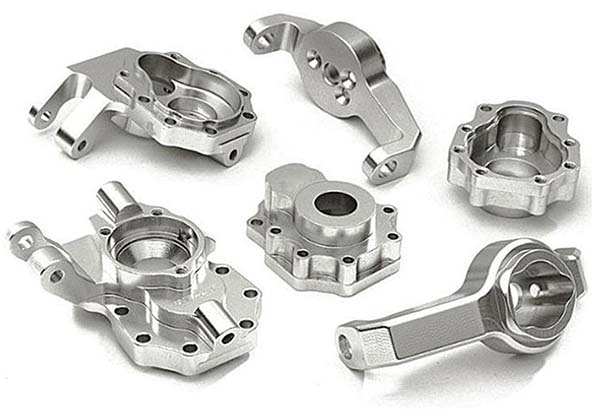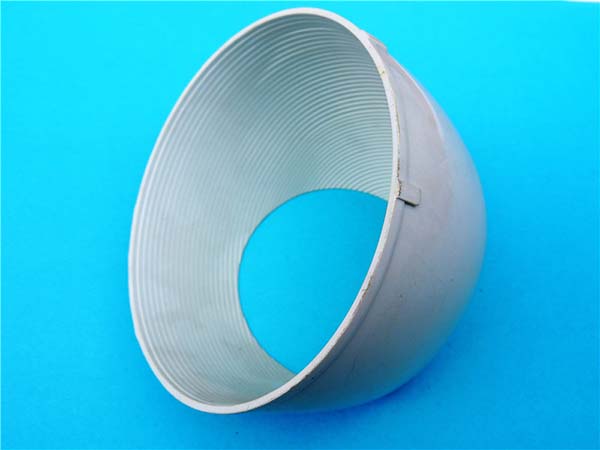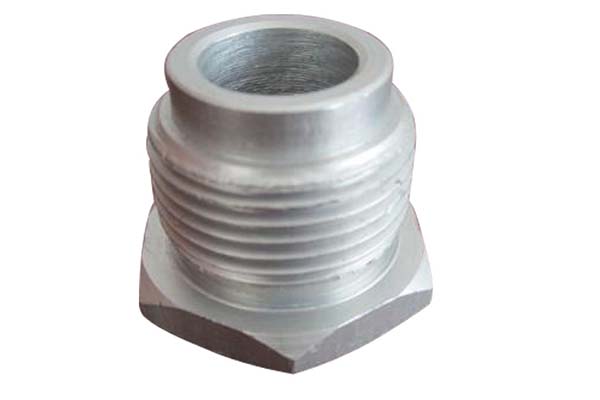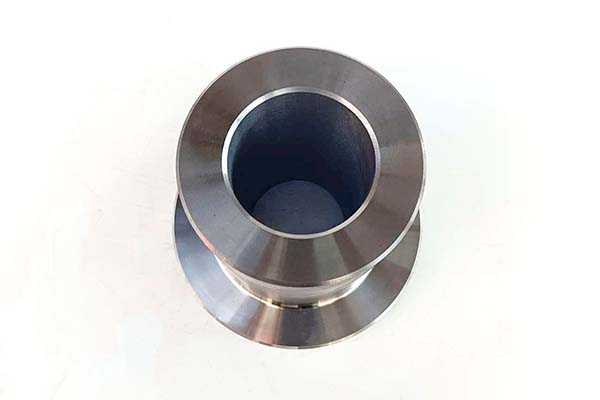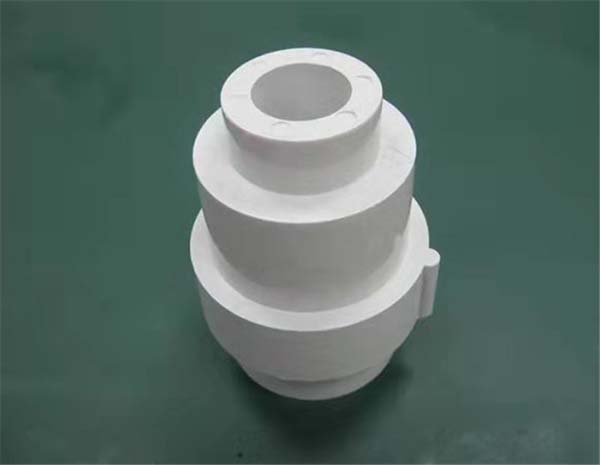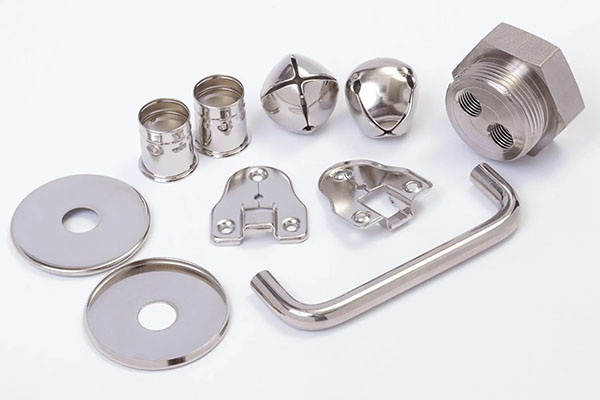Introduction
What is Rapid Prototyping?
Rapid prototyping, often abbreviated as RP, is a revolutionary manufacturing technology that has transformed the product development landscape. It is an additive manufacturing process that creates physical models, prototypes, or even production - ready parts directly from 3D digital models.
This technology works by building objects layer by layer. First, a 3D model is created using computer - aided design (CAD) software. Then, the CAD model is sliced into thin cross - sectional layers. A rapid prototyping machine, such as a 3D printer, then deposits or fuses materials like plastics, metals, or ceramics in a precise pattern according to the layer data. This process is repeated until the entire object is constructed.
The importance of rapid prototyping in product development cannot be overstated. In the past, developing a prototype could be a time - consuming and costly process. Traditional methods often involved complex machining, tooling, and long lead times. With rapid prototyping, companies can significantly reduce the time and cost required to bring a new product concept to life. For example, a startup developing a new consumer electronics device can use rapid prototyping to quickly create a functional prototype of their product. This allows them to test the form, fit, and function of the design in a short period, usually within hours or days, compared to weeks or months with traditional methods.
Moreover, rapid prototyping enables designers and engineers to iterate on their designs quickly. They can make changes to the 3D model and print a new version of the prototype in a short time. This iterative process helps in refining the product design, improving its functionality, and ensuring that it meets the market's needs. In a highly competitive global market, where time - to - market is crucial, rapid prototyping gives companies a significant edge. It allows them to get their products to the market faster, respond to customer feedback more quickly, and stay ahead of the competition.
This is where the role of a rapid prototyping engineer comes in. A rapid prototyping engineer is the professional who is at the forefront of this technology, making it possible for companies to leverage the benefits of rapid prototyping.
The Core Responsibilities of a Rapid Prototyping Engineer
1. Design and Planning
At the beginning of a project, a rapid prototyping engineer collaborates closely with the design team. They take the initial product concepts, which might be in the form of sketches or rough 3D models, and transform them into detailed prototype designs. This involves a deep understanding of engineering principles and manufacturing processes. For example, if the concept is a new smartphone, the engineer needs to consider factors such as the layout of components, heat dissipation, and the structural integrity of the device.
The engineer also conducts thorough technical planning. This includes determining the best manufacturing methods for the prototype, estimating the time and cost required, and identifying any potential technical challenges. A feasibility study is an essential part of this stage. For instance, if a design calls for a very complex shape that may be difficult to achieve with traditional manufacturing techniques, the rapid prototyping engineer will explore alternative methods like 3D printing or multi - axis CNC machining to see if it's possible to produce the part within the given constraints.
2. Material and Equipment Selection
Selecting the right materials and equipment is crucial for the success of a prototype. The rapid prototyping engineer has to consider various factors such as the mechanical properties required for the prototype, its intended use, and the cost - effectiveness.
Common materials used in rapid prototyping include plastics like acrylonitrile butadiene styrene (ABS), polylactic acid (PLA), and high - performance plastics such as polycarbonate (PC). Metals such as aluminum, titanium, and stainless steel are also used, especially for prototypes that need to withstand high stress or have specific thermal and electrical properties. For example, if the prototype is a functional part of an aircraft engine, titanium would be a more suitable material due to its high strength - to - weight ratio and heat resistance.
When it comes to equipment, 3D printers are a staple in rapid prototyping. There are different types of 3D printers, each with its own advantages and limitations. Fused Deposition Modeling (FDM) printers are popular for their low cost and ease of use, making them suitable for creating quick, low - resolution prototypes. Stereolithography (SLA) printers, on the other hand, offer higher precision and are better for creating prototypes with fine details, such as jewelry or dental models. CNC (Computer Numerical Control) machines are also used, especially for machining metal parts or when high - tolerance components are required.
3. Prototyping and Testing
The prototyping process is where the engineer brings the design to life. Using the selected materials and equipment, they create the physical prototype. If 3D printing is chosen, they will prepare the 3D model for printing, set the appropriate printing parameters (such as layer thickness, print speed, and temperature), and then start the printing process. For CNC machining, they will program the machine to cut and shape the material according to the design specifications.
Once the prototype is created, the testing phase begins. This is a critical step as it helps to identify any design flaws, functional issues, or areas for improvement. There are various types of tests that can be conducted. Mechanical tests may include tensile strength tests to see how much force the prototype can withstand before breaking, or fatigue tests to evaluate its long - term performance under repeated stress. Functional tests are used to ensure that the prototype works as intended. For example, if it's an electronic device prototype, it will be tested for its electrical functionality, signal strength, and battery life.
4. Collaboration and Communication
A rapid prototyping engineer doesn't work in isolation. They need to collaborate effectively with different teams throughout the product development cycle. With the design team, they ensure that the design is manufacturable and provide feedback on how to optimize the design for better prototyping and eventual production.
When working with the engineering team, they share the technical details of the prototype, discuss any engineering challenges that arose during prototyping, and work together to find solutions. For example, if the prototype has issues with heat dissipation, the rapid prototyping engineer and the mechanical engineer will collaborate to design a better cooling system.
Communication with the marketing team is also important. The marketing team may need to understand the features and capabilities of the prototype to develop effective marketing strategies. By communicating clearly with all these teams, the rapid prototyping engineer can help ensure that the product development process runs smoothly, and the final product meets the needs of all stakeholders.
Yigu Technology's Viewpoint
As a non - standard plastic and metal products custom supplier, Yigu Technology deeply understands the significance of the work of rapid prototyping engineers. In our experience, a close collaboration between suppliers like us and rapid prototyping engineers is crucial for the success of any product development project.
Rapid prototyping engineers bring innovative design concepts to life, and we, at Yigu Technology, are equipped to support them with high - quality materials and precise manufacturing techniques. Our state - of - the - art facilities enable us to produce custom plastic and metal parts that meet the exact requirements of the prototypes. Whether it's a complex plastic component for a consumer product or a high - strength metal part for industrial use, we have the expertise to deliver.
Moreover, our team of experts can provide valuable insights during the material selection process. We are well - versed in the properties of different plastics and metals, and can recommend the most suitable materials based on the specific needs of the prototype, such as cost - effectiveness, durability, and functionality. This collaborative approach helps in reducing the overall development time and cost, while ensuring the highest quality of the prototypes.
FAQ
1. What is the most important skill for a rapid prototyping engineer?
The most crucial skill for a rapid prototyping engineer is a combination of technical prowess and soft skills. Technical skills like proficiency in CAD software, understanding of different rapid prototyping technologies (such as 3D printing and CNC machining), and knowledge of materials are fundamental. However, problem - solving ability stands out. They often encounter unforeseen issues during the prototyping process, like material compatibility problems or printing defects. A rapid prototyping engineer must be able to quickly analyze the problem, think creatively, and come up with effective solutions to keep the project on track.
2. How long does it usually take to create a prototype?
The time required to create a prototype can vary significantly. For a simple 3D - printed plastic prototype with a straightforward design, it could take as little as a few hours. For example, a small, single - piece toy prototype made with an FDM 3D printer might be completed within 2 - 4 hours. However, for more complex prototypes, especially those involving multiple components, high - precision machining, or the use of advanced materials like metal, it could take days or even weeks. A prototype of a custom - designed, high - performance engine part that requires CNC machining and rigorous testing could take 1 - 2 weeks to complete.
3. Can rapid prototyping be used for large - scale production?
Rapid prototyping is generally not suitable for large - scale production. Although it can create physical models quickly, the production speed of rapid prototyping technologies is relatively slow compared to mass - production methods like injection molding or stamping. The cost per unit also remains high for large - scale production due to the expensive materials and equipment involved in rapid prototyping. However, rapid prototyping is extremely valuable for small - batch production runs or for validating product designs before moving to full - scale production. It allows companies to test the market demand and product functionality with a limited number of units before making a large - scale investment in production tooling and equipment.
Conclusion
In conclusion, a rapid prototyping engineer plays a pivotal role in the product development process. Their expertise in design, material selection, prototyping, and testing ensures that product concepts can be transformed into tangible, functional prototypes efficiently. By collaborating with various teams, they bridge the gap between design and production, contributing to the overall success of a product.
If you're interested in learning more about rapid prototyping engineering, whether you're a student considering a career in this field or a professional looking to expand your knowledge, there are many resources available. You can explore online courses, attend industry conferences, or read technical journals.
We welcome any questions or comments you may have. If you're facing challenges in rapid prototyping or have ideas you'd like to discuss, feel free to reach out. Let's continue the conversation about this exciting and dynamic field.

